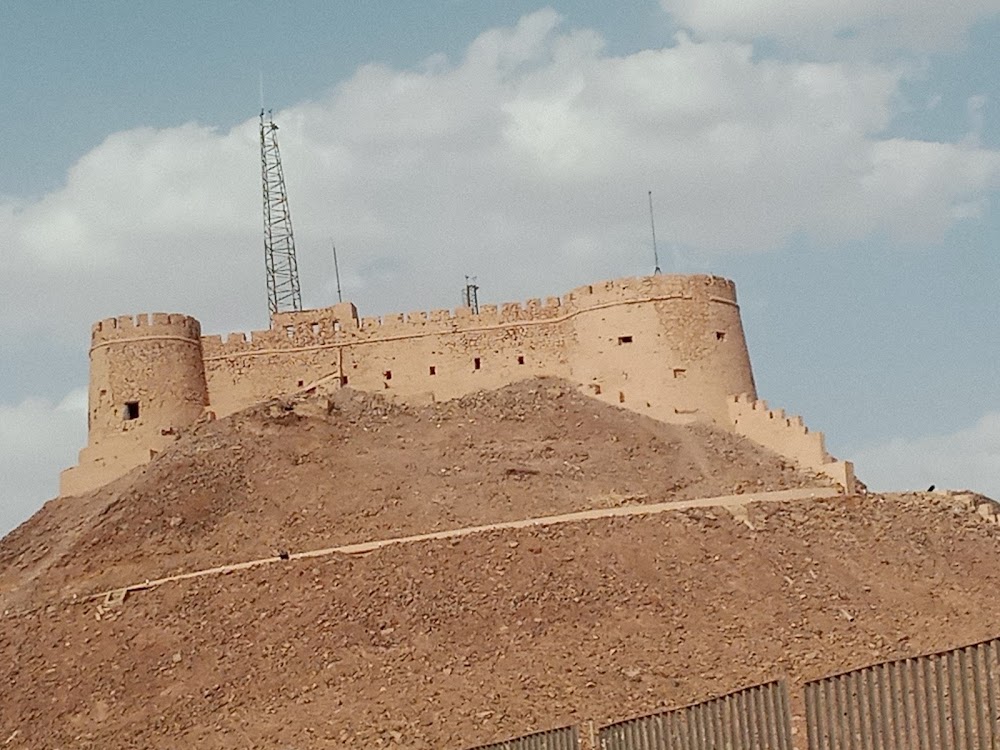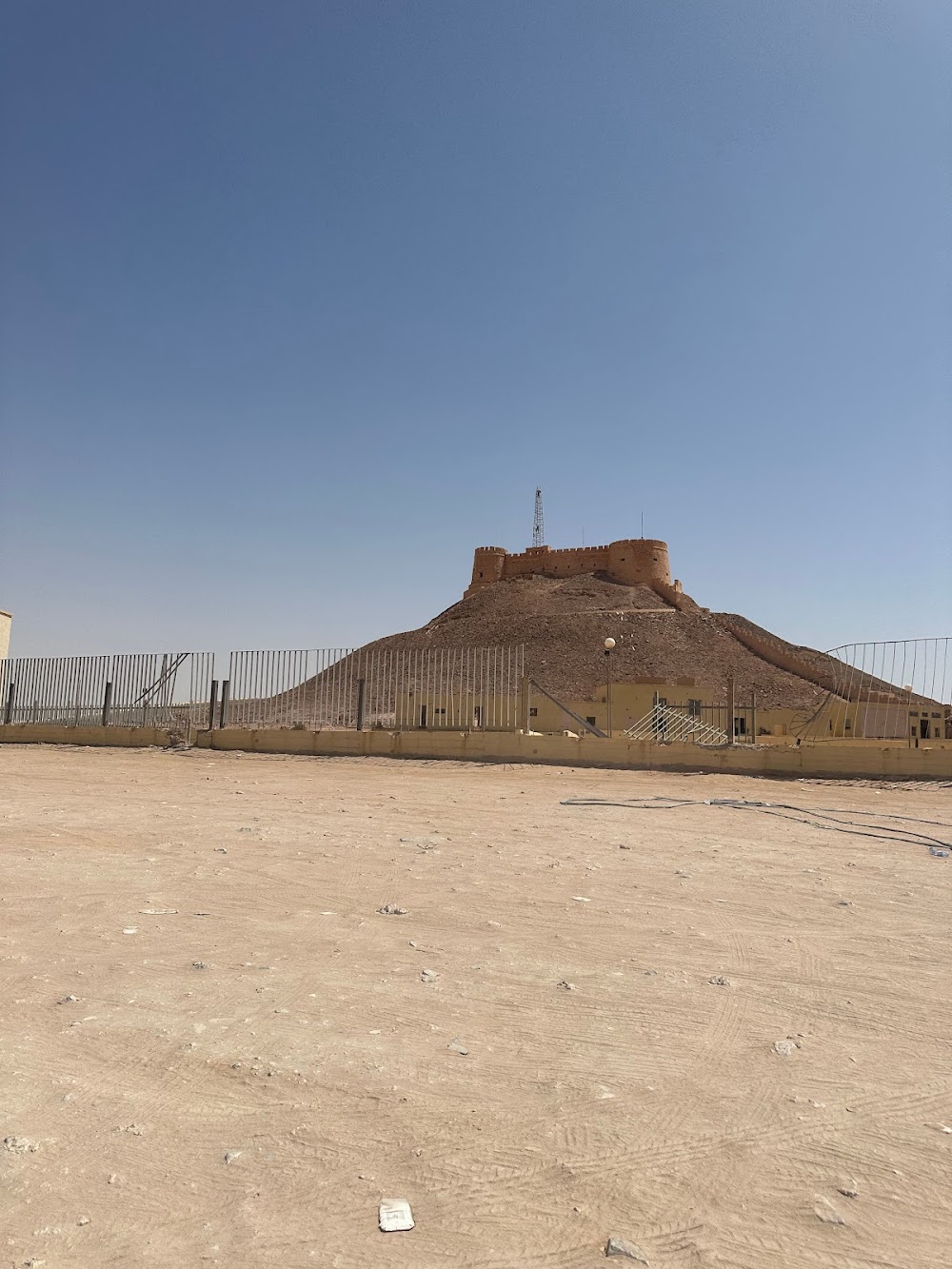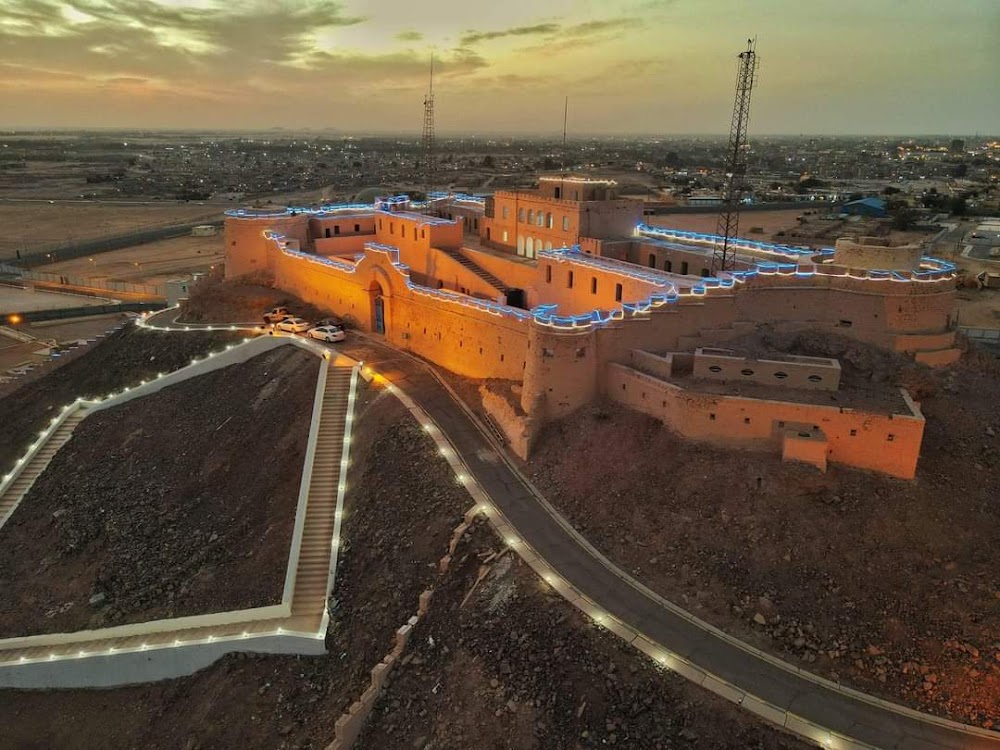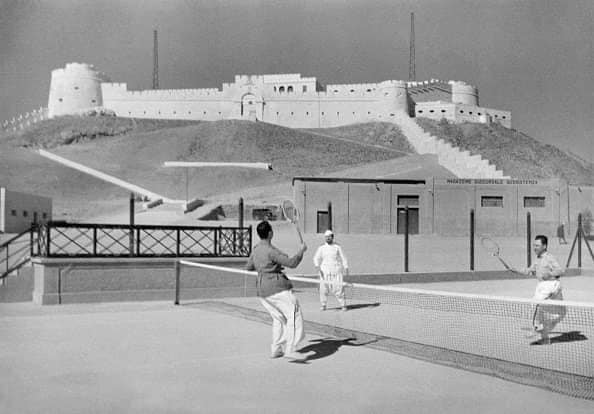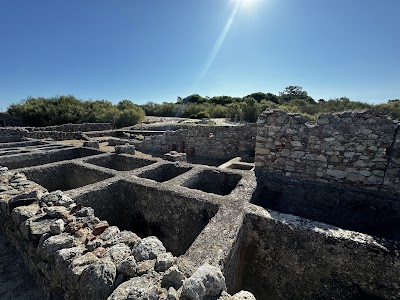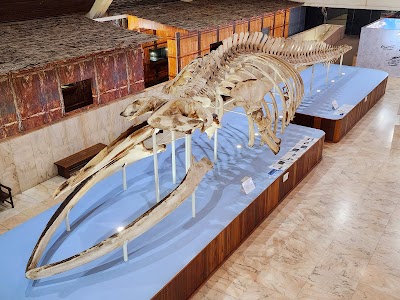Sabha Castle (قلعة سبها)
Overview
Overview of Sebha Castle
Sebha Castle, also known as Sabha Castle, is a historic fortress nestled in the city of Sabha within Libya’s Sabha District. This remarkable structure is a stunning example of medieval architecture, holding a significant place in the region's rich history and cultural heritage.
Historical Background
The origins of Sebha Castle date back to the early 20th century, around 1915, when Libya was part of the Ottoman Empire. Constructed during this period, the castle served a strategic military purpose: to maintain control over the surrounding desert and protect vital trade routes.
Strategic Location and Architecture
Perched on a hilltop, Sebha Castle commands breathtaking views of the landscape, making it an effective lookout against potential invaders and raiding tribes. Its thick, fortified walls, built from adobe and local stone, exemplify regional architectural designs that withstand the harsh desert climate.
The castle's construction showcases exceptional engineering skills, utilizing local materials and traditional techniques to ensure durability against environmental conditions and military assaults. The combination of adobe bricks and stones created formidable barriers, making the fortress a challenging target for any enemy.
Distinctive Features
Sebha Castle boasts several notable architectural elements. Visitors enter through a large gate originally reinforced with heavy wooden doors and iron fittings. Inside, the layout reveals courtyards, guard towers, and living quarters for the Ottoman soldiers stationed there, along with storage rooms for weapons, food supplies, and other essentials necessary for a prolonged defense.
Evolution Through Time
Following the fall of the Ottoman Empire, Sebha Castle continued to evolve through the 20th century. During the early 1920s, Italian forces occupied the castle, using it as a military base and administrative center. After Libya gained independence in 1951, the castle retained its significance, serving various administrative functions under the Libyan government.
A Modern Attraction
In recent years, Sebha Castle has emerged as a popular point of interest for visitors and historians alike. It stands not only as a symbol of the region's rich past but also as a testament to its architectural and engineering innovations. Ongoing efforts to preserve and restore the castle ensure that future generations can appreciate its historical value.
Cultural Significance
The historical importance of Sebha Castle extends beyond its military function. Over the centuries, it has witnessed numerous cultural and political changes, reflecting the dynamic history of Libya. Today, it serves as a poignant reminder of the region's heritage, playing a crucial role in the broader narrative of North Africa.
Preservation Efforts
Preserving Sebha Castle is vital for educational and cultural purposes, offering insights into the lives of those who once inhabited its walls. It stands as a tangible link to the past, showcasing the strategic and architectural ingenuity of its era.
A Lasting Legacy
Ultimately, Sebha Castle embodies the resilience and adaptability of the region’s inhabitants, serving as a proud monument to their enduring legacy. With its storied past and architectural grandeur, the castle continues to attract visitors, scholars, and history enthusiasts from around the globe, solidifying its status as a treasured landmark in Libyan history.


